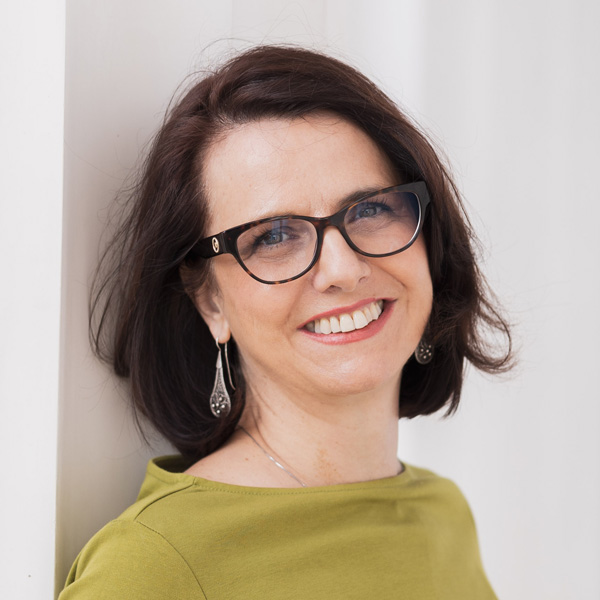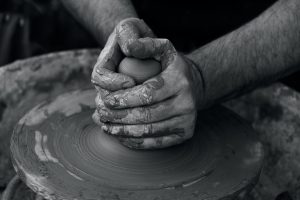When we realize we have the freedom to make decisions that shape our lives, including how we manage our time, it becomes easier to accept responsibility for our choices
BLOG
A path to yourself – Authenticity

Ida Protuger
RELATED
Does the flat organizational structure offer greater well-being?
We live in a time of intense change, where artificial intelligence and technological advancements are transforming the world overnight. This new reality is referred to as a BANI world, characterized as: Brittle Anxious Nonlinear Incomprehensible The BANI world...
Emotions and Leadership: Don’t suppress – learn how to express
Leaders are often burdened with negative emotions and unmet needs, just like everyone else. By mastering EI, particularly emotional regulation, leaders can promote a thriving, results-driven corporate culture.
What makes you, YOU?
Who am I? It is the most straightforward and, at the same time, the most challenging question. How do I define myself, who do I identify with, and how do I “brand” myself? To be unique in the world, to possess what no one else on this planet earth does, is the treasure called authenticity.
What is authenticity?
It is a unique combination of personal resources among the eight billion people who live in the world.
What are resources?
Our experiences, knowledge, talents, skills, personality traits, values, emotions, and mindset. Some of our resources we acquire by birth, and some we develop through the process of experiences and learning. However, some perceive their authenticity as a blessing, others as a “curse.” Many feel uncomfortable in their own skin.
Why does this happen?
We are born alone but designed as social beings. There is almost no human need that does not depend on other people. We build our identity and authenticity through relationships with others. We want to belong and validate ourselves through those relationships.
It creates internal conflict and tension for us regarding two fundamental needs: self-actualization and belonging need. What is that we want to protect and keep, something that defines us, and in which situations to make compromises in order to belong and build relationships? This lifelong inner conflict we resolve through maturity and growth.

The belonging need makes us shape our behavior and build our identity through making relationships. Even so, the majority in one society often imposes behavior, appearance, and action models. As a result, it creates pressure upon many individuals. A person, torn between the need for self-realization and belonging, wonders whether to invest resources in developing to its potential or to meet the criteria imposed by the community.
Suppose a person goes to meet the criteria of the community in an attempt to get confirmation from there. In that case, it usually ends with internal frustration because we constantly search for external validation. Self-confidence is not derived from within but from how others approve of our behavior or actions. This way, we invest in another character that others will like but who isn’t our authentic self. Even if we get that confirmation from the environment, we won’t feel validated because we know inside that that is not us.
The path to self begins with the self-exploration of our identity, values, strengths, and resources toward self-acceptance.
• What makes me ME?
• What values do I identify with?
• What attributes best describe me?
• What are my strengths?
• What do I believe in?
The freedom of choice and decision-making
The main goal is to be able to use the power to choose and act toward personal well-being.

Many of us shape our behavior according to belonging needs and conform to other people’s needs in some context. The main difference makes self-awareness about the choices we make. The difference between “what I want to do” and “what I have to do.” The choice “I want to do” is when the person holds the steering wheel, and he is the author of his life with all choices they make. “I have to do” is the sentence when we feel that outside forces are driving our behavior. We call that external and internal locus of control.
Learning how to use our power of freedom of choice and decision-making is through establishing a positive and caring relationship with yourself. A close and caring relationship with ourselves is fundamental to building healthy relationships with others.
